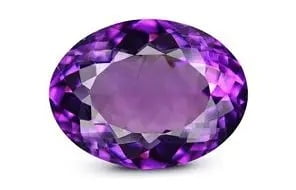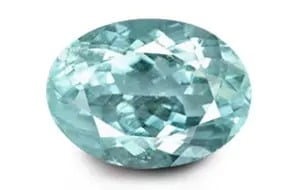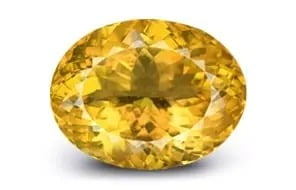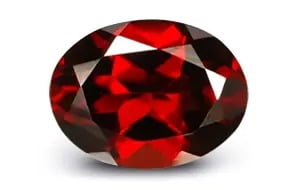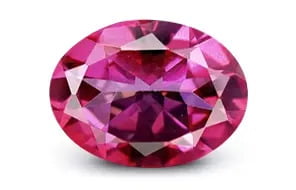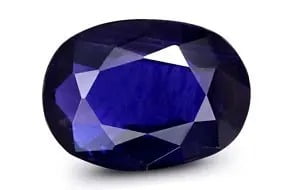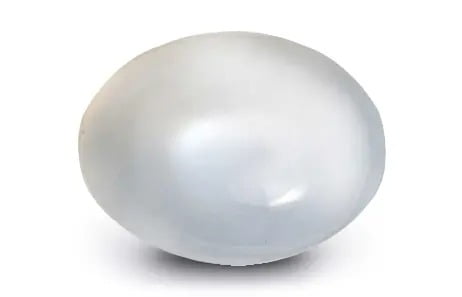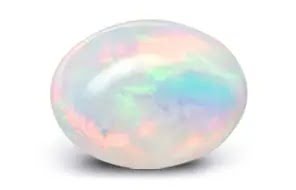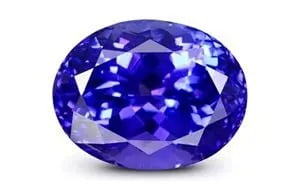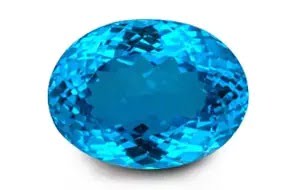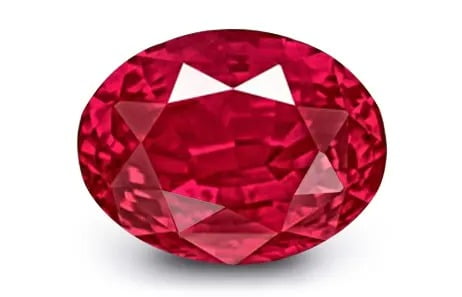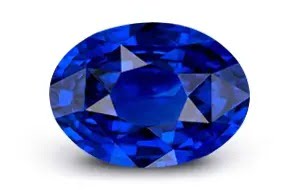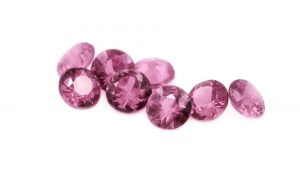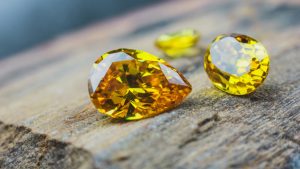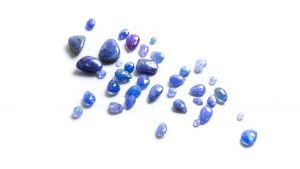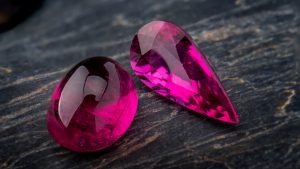Aquamarine
Aquamarine is a semi-precious gemstone of the Beryl mineral family that is light blue in colour and highly transparent. It is the most popular birthstone for March. It is often thought to have a relaxing and healing effect on those who wear it, even under the most trying of situations. Aquamarine Gemstone has a hardness of 7.5 to 8 on the Mohs Scale, making it suitable for daily wear.
An Aquamarine gemstone is reminiscent of the Mediterranean Sea’s crystal blue waters, which is fitting for its name meaning seawater. It brings to mind wonderful memories of beautiful, sunny, warm evenings by the shore and time spent with family and friends.
Its powerful soothing effect is said to ensure a long and happy marriage and a long and happy relationship. Therefore, it is considered a perfect gift for special occasions and to celebrate the 19th wedding anniversary.
This gem is a wearable light blue gemstone, that can be worn for both day and evening and can withstand a few knocks without scratching or chipping (see Moh’s hardness scale). All types of jewellery can be set with them and look stunning when they are paired with diamonds or other coloured gemstones.
AQUAMARINE FORMATION: HOW DOES IT OCCUR?
Aquamarine is a blue variety of Beryl, whose name comes from the Latin phrase aqua marina, meaning “seawater”. For centuries, this light blue gemstone has captured our hearts and desires. These crystals are characterized by a hexagonal shape/pencil appearance in the host rock
Emerald and Morganite are both types of Beryl, did you know? The minerals are comprised of beryllium aluminium cyclosilicate, and their colour varies depending on which minerals they are in contact with while they are forming. In emeralds, for instance, trace amounts of chromium and vanadium give them their colour. Iron colorizes aquamarine.
AQUAMARINE QUALITY
Aquamarine Color –
A good aquamarine has a very slightly greenish-blue colour, with moderate colour saturation or intensity. Occasionally, aquamarine is naturally yellow/green in colour, and this green hue can sometimes be removed by heating the gemstone. Heating aquamarine is a routine treatment to remove the greener hues and to enhance the blue hues. It’s common to see these gems “heat-treated” (traditionally) in the market, and this is fine. Aquamarines with fine, natural, untreated tints, however, are worth more.
Aquamarine is sometimes mistaken for Blue Topaz, however, Topaz tends to have a more neon quality to it due to its irradiation for enhanced colour.
Aquamarine Clarity –
By comparison, Aquamarine is often cleaner and has higher clarity than Emerald, which traditionally has heavy inclusions or faults making it appear ‘sleepy’. Regardless of the gemstone, the best stones are those that have the best colour and saturation, plus the greatest clarity.
Aquamarine is one of the world’s most popular gemstones. The price of lighter colours is very reasonable, but the cleaner, deeper colours command a higher price.
AQUAMARINE: WHERE DOES IT COME FROM?
The largest and most popular deposits of Aquamarine can be found in Brazil, but several other countries also contain deposits, including China, Myanmar, Russia, and most recently, Africa. Aquamarine was originally discovered in Nigeria and Mozambique but was later discovered in Kenya and Zambia in the 1980s and Mozambique in the 1990s.
Mozambique Aquamarine – Santa Maria Afrique
In Mozambique, some of the finest coral has been discovered recently. Originally recognized as the pinnacle of Aquamarine colour, these stones rival the Santa Maria Aquamarine from Brazil. Aquas from Mozambique are called Santa Maria Afrique after their counterparts in Brazil.
